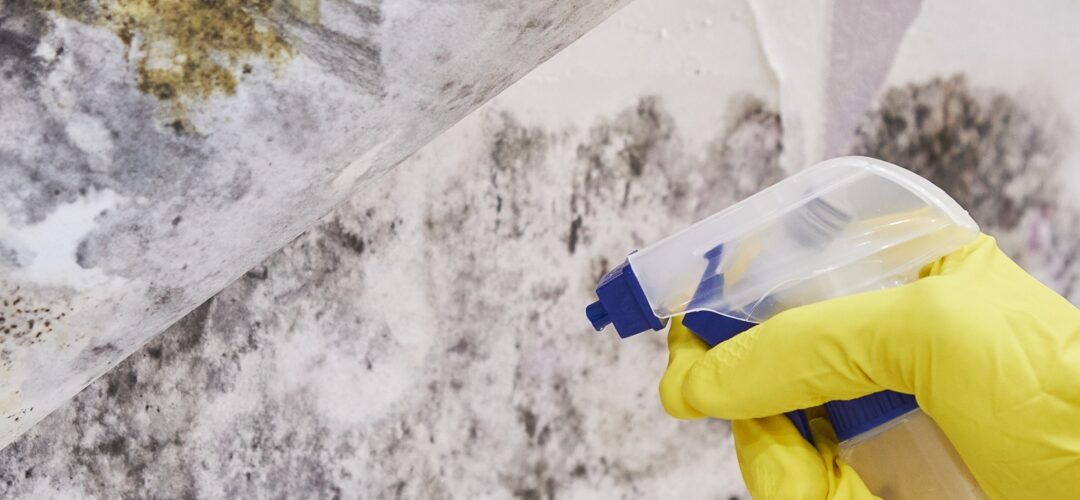Although not a purely seasonal issue, water damage is one of the frequent sources of property-related loss. While preparing your house for winter is crucial, summertime neglect frequently results in substantial damage from undetected leaks. All in all, knowing how to protect your home from water damage is imperative.
Follow these easy instructions to safeguard your house from water damage year-round.
Know where the stopcock is
Be sure that your family members and you both know where it is. It just takes a few minutes for a serious leak or ruptures to do significant harm. Knowing where and how to turn off the water supply is important.
Proactively check for leaks
Little leaks can be overlooked quite easily, but if they are allowed to persist, they can cause big problems. Think about how much water a leaking tap might waste each week—up to 57 gallons (260 liters). Look under sinks and around appliances like washers and dishwashers for evidence of stray water.
Check if your pump works
The sump pump, common in houses with basements, is essential for preventing flooding in your basement after lengthy periods of rain. If you have one, service and maintain it once a year. In today’s market, many water leak detection devices are available for sale. They can also help you keep on top of your maintenance duties.
Keep your gutters clear of debris
Although leaves are frequently to blame for blocked gutters, this problem is more than just autumnal. Weeds and moss are frequently identified as key contributors. Rain gutter blockages are a major cause of dampness. Your gutters are probably clogged and require cleaning if water is pouring down the side of your property or if they look drooping.
Inspect your roof, inside and out
Look into your attic for any indications of water seeping through the roof. Check for wet patches on the joists or stains the color of tea on the plaster. Examine the roof from the outside for any obvious damage and confirm that any chimney flashing is still in good condition.
Prevent pipes from freezing
Even if you intend to be away from home, use a smart thermostat to keep it at a minimum temperature of at least 10 degrees Celsius. Many cases involving water damage in homes involve frozen pipes bursting.
Pipes must be able to circulate warm water to avoid freezing damage. Turn off the water supply at the stopcock and think about emptying the system if a property will be vacant for an extended length of time to ensure no water remains in the pipes.
Exposed pipes should be properly insulated
Snap-on pipe insulation is inexpensive, efficient, and functional outside. This is an important thing to remember when you’re dealing with water damage insurance for your home.
Install a water leak detection device
If there is a leak, detecting devices are affordable and must be installed if your property is empty for an extended time.
Look for areas with moisture or mold
Dampness can be indicated by flaking wallpaper or paint and by black spots on skirting and sills. Consider installing more insulation if your walls’ touch feels cold or you smell mustiness. Furthermore, look for condensation in the mornings on windows and skylights. Its presence may signal that your home has greater than normal moisture levels. If you ignore all these signs, you might have to pay a hefty amount for mold removal services.
Related Blog Posts:
- How Long Does the Restoration Process Take for Homes With Water Damage?
- What to Do If Your Home Has Water Damage?
- Signs of Water Damage in the Basement Walls
- Water Damage & Mold: Everything You Need To Know in 2023
- Things You Should Know About Water Damage
- Who Do I Call After My House Has Water Damage Restore?
- What Causes Water Damage to Floors and Walls
Related Services:
Our service areas:
Get A Free Estimate

